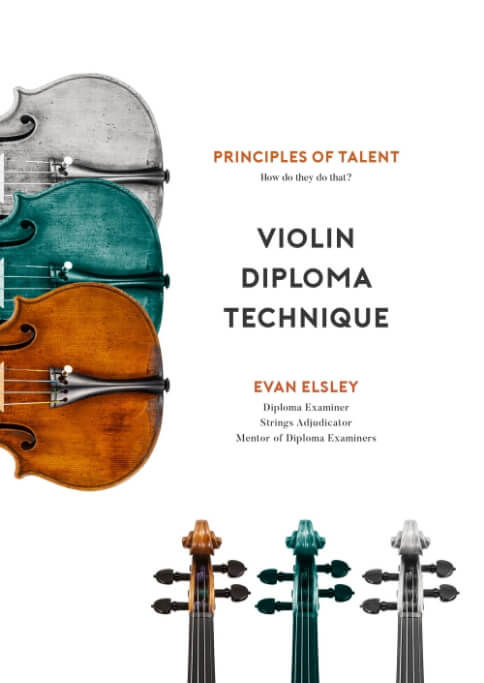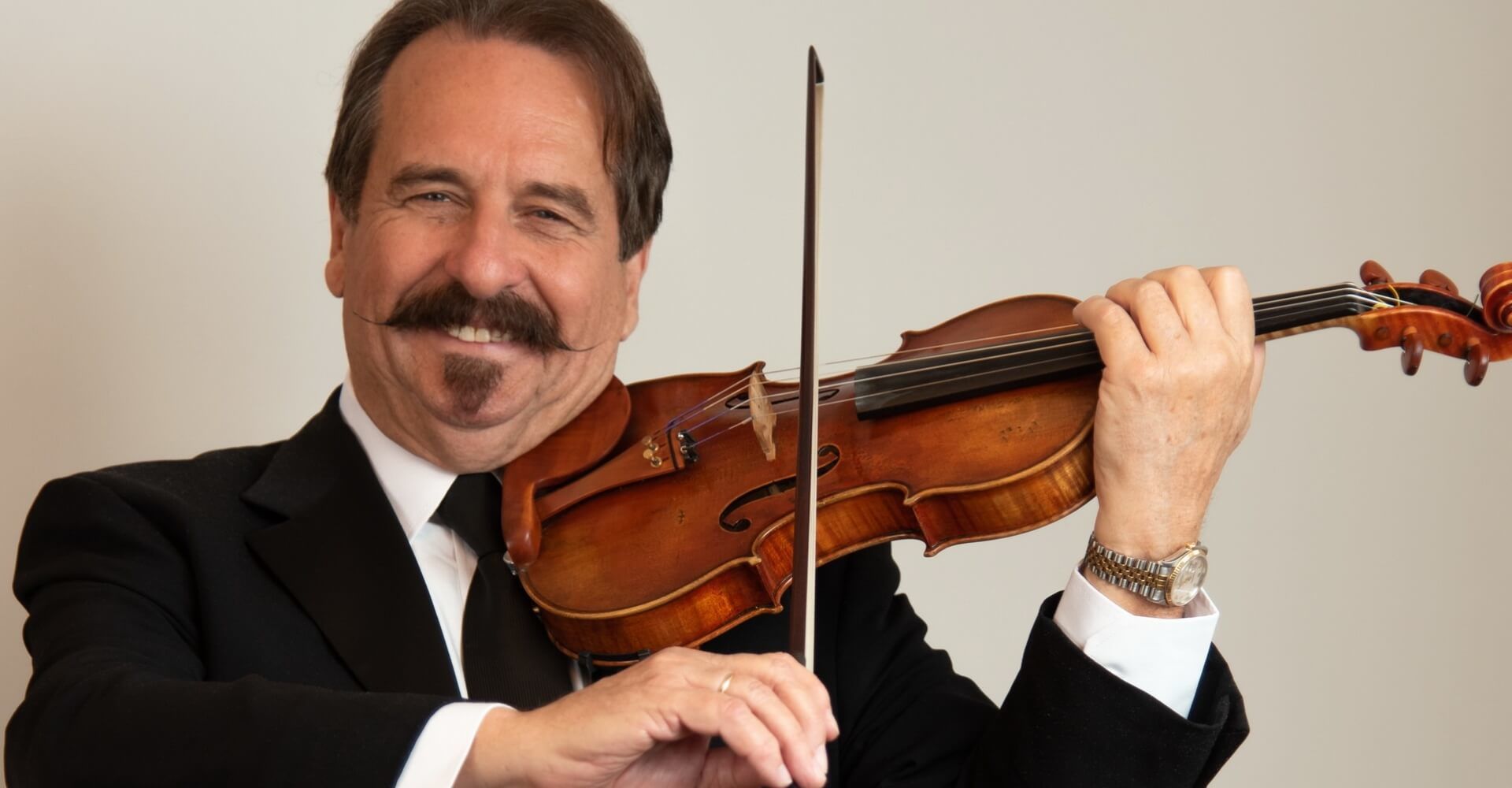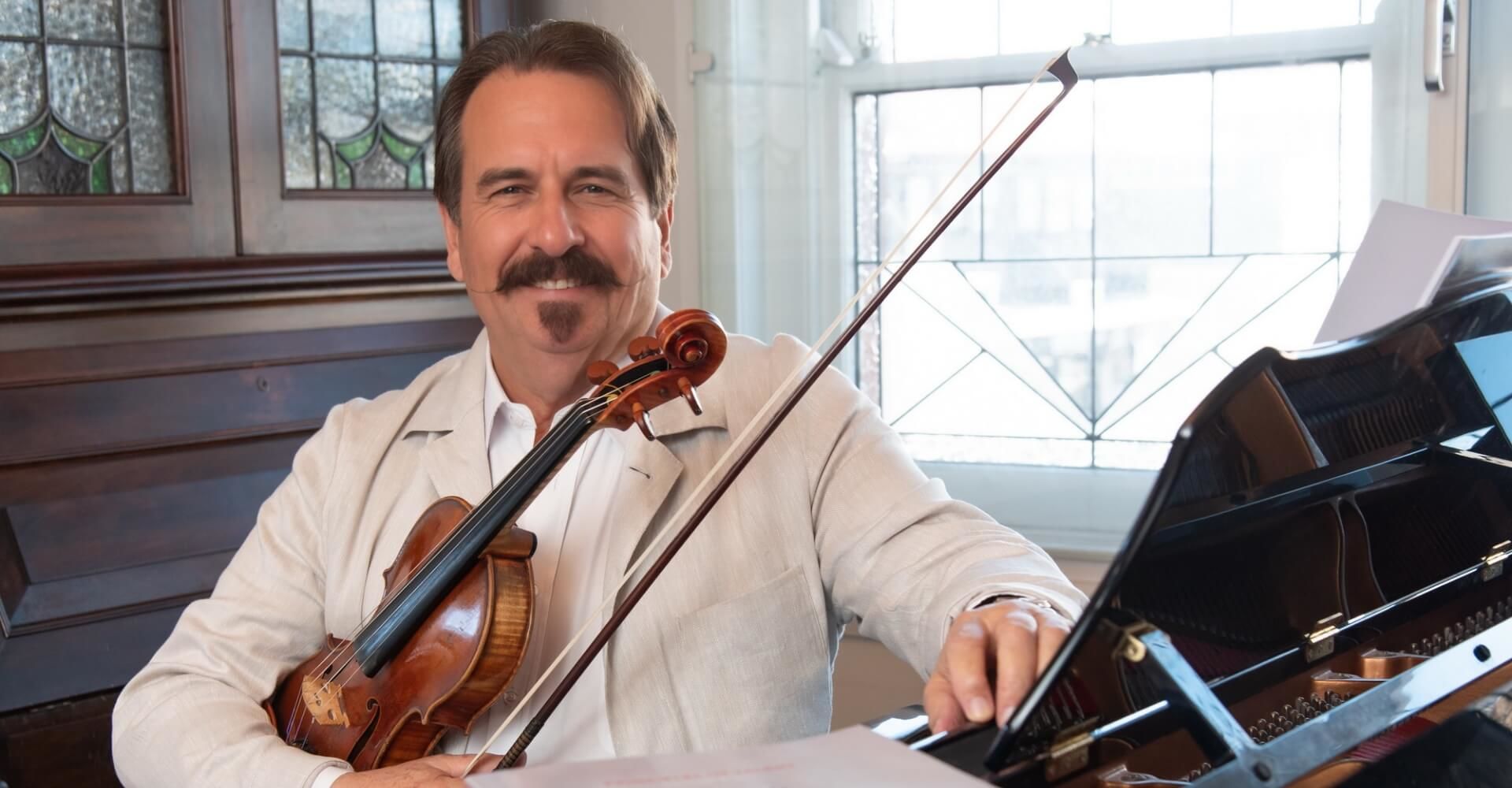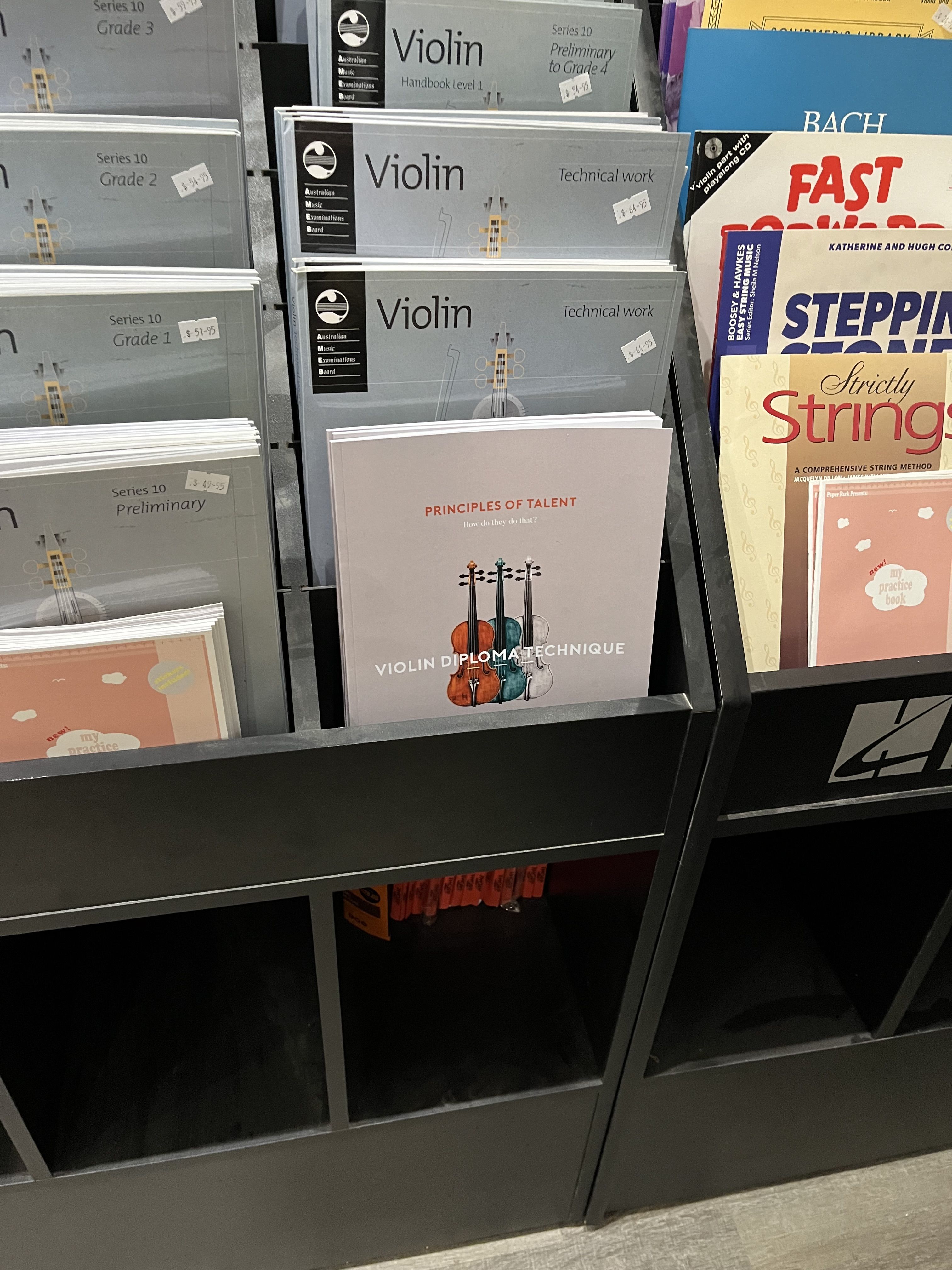Evan ElsleyViolin Technique for Diploma Exams by a Diploma Examiner, University Violin Lecturer, Adjudicator & Performer. Book Teaser Pages  | |
Evan ElsleyViolin Technique for Diploma Exams by a Diploma Examiner, University Violin Lecturer, Adjudicator & Performer. Book Teaser Pages |  |
Evan ElsleyViolin Technique for Diploma Exams by a Diploma Examiner, University Violin Lecturer, Adjudicator & Performer. Book Teaser Pages |  |
| Diploma Examiner | University Violin Lecturer | Eisteddfod Adjudicator | Talent Research | Performer |
 |
"Do you go from one teacher to another without seeing progress?" "Does intonation, co-ordination, or bow control continue to hold you back?" IF SO, YOU ARE NOT ALONE
THE BREAKTHROUGH The book Violin Diploma Technique: Principles of Talent, written by a diploma examiner, addresses the common technical problems that limit progress. It serves as a supplement to traditional advanced level pedagogy. The book defines five intuitive technical differences that occur in the exam room between successful diploma candidates and those who plateau. FIND OUT HOW THESE:
SUPERCHARGE YOUR TRADITIONAL PEDAGOGY
THE HERO MOMENT MASTERCLASSES, LESSONS, READ THE BOOK VIOLIN DIPLOMA TECHNIQUE PRINCIPLES OF TALENT Purchase online or through selected violin stores. Also available at the National Library of Australia and the State Library of NSW. |